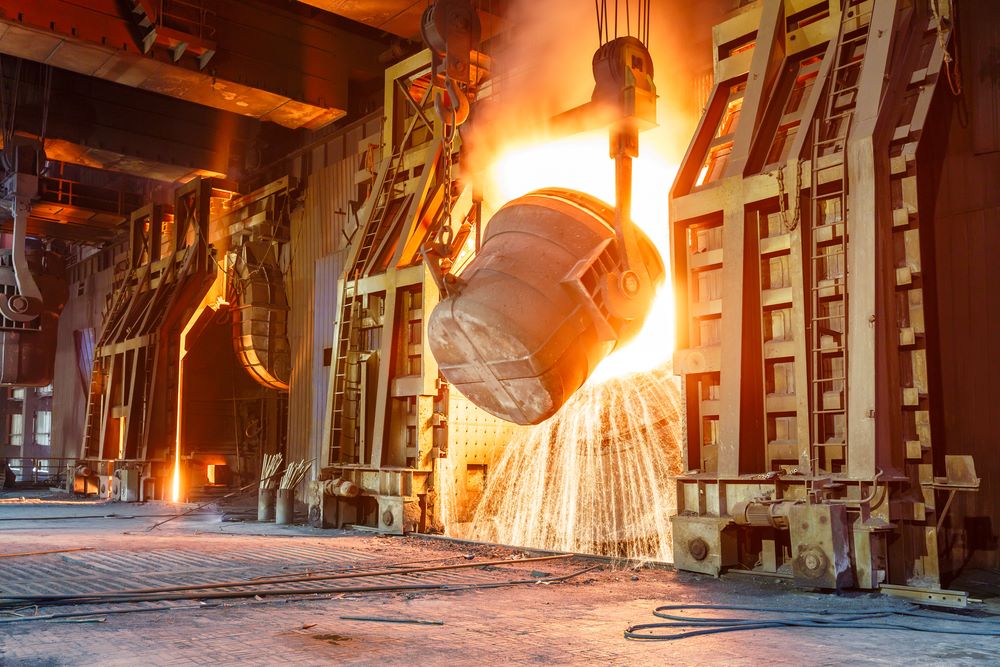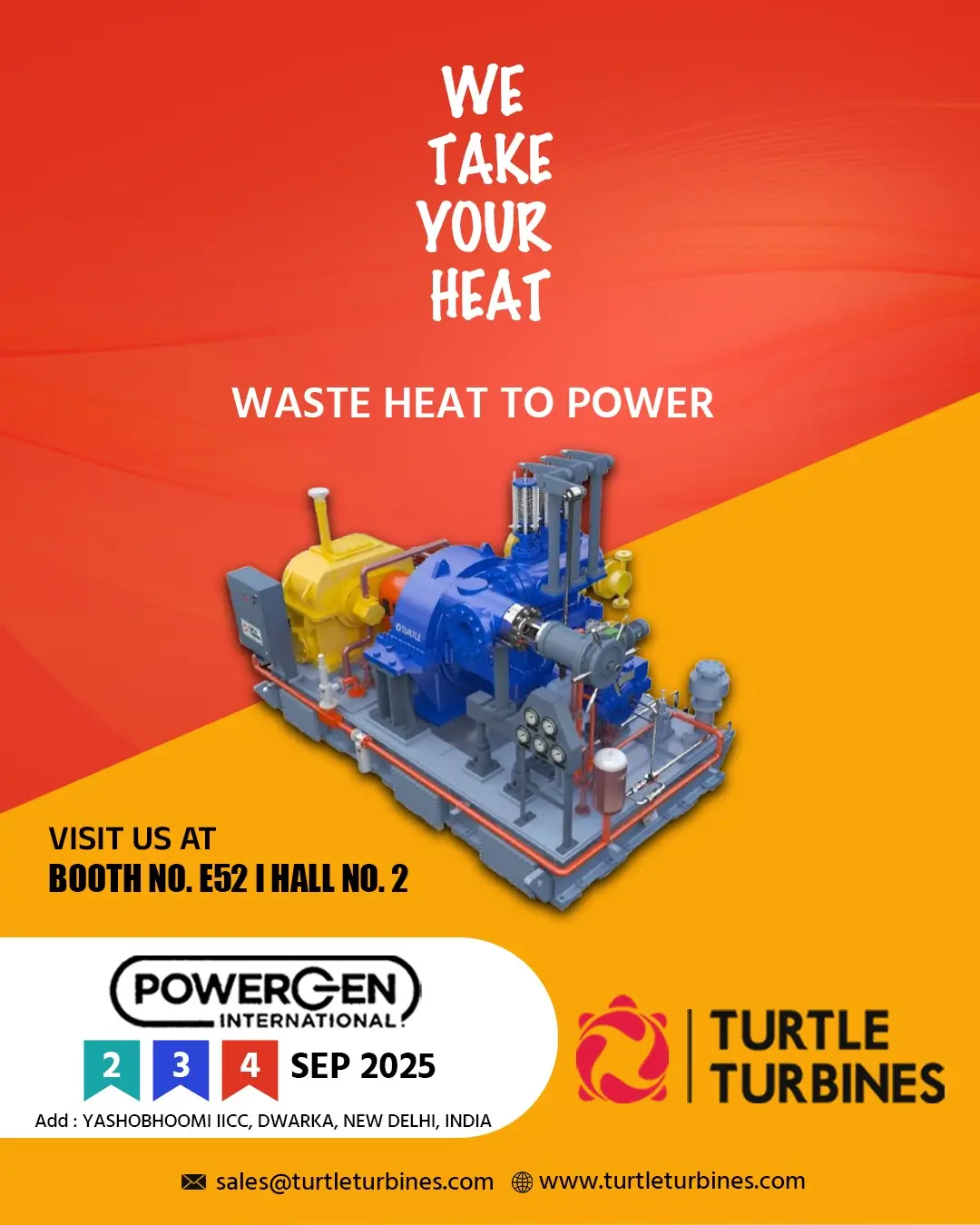Thermal energy from coal and electrical energy from grid supply are the primary sources of energy in a typical sponge iron company. Electricity
is needed to power prime movers such as kiln motors, compressors, pumps, Bag filters, crushers, and FD and ID fans, as well as lighting. The
thermal energy derived from coal combustion accounts for around 98 percent of overall energy consumption, with electrical energy accounting for
the remainder.

During operation, a large amount of waste gas is produced, and a large portion of it, along with the waste gas, goes unused. The energy
content of exhaust gases found at practical temperatures can be employed in three ways: for internal usage, external energy supply, or power
generation.
Because the sponge iron business is famously energy-intensive, having a consistent and reliable source of power is critical. As a result, the
availability of captive power becomes critical from a manufacturing standpoint. Waste heat is a byproduct of numerous ferrous and nonferrous
metal manufacturing sectors. This heat is used to generate steam in a Waste Heat Recovery Boiler. The steam produced is utilized to create
electricity in a Steam Turbine.



